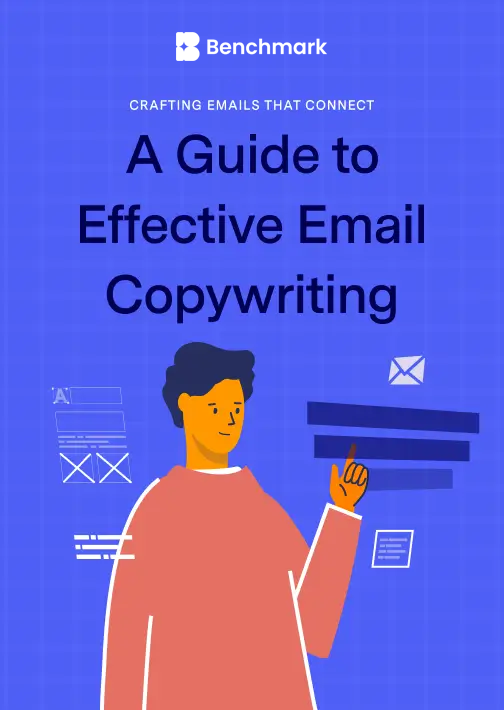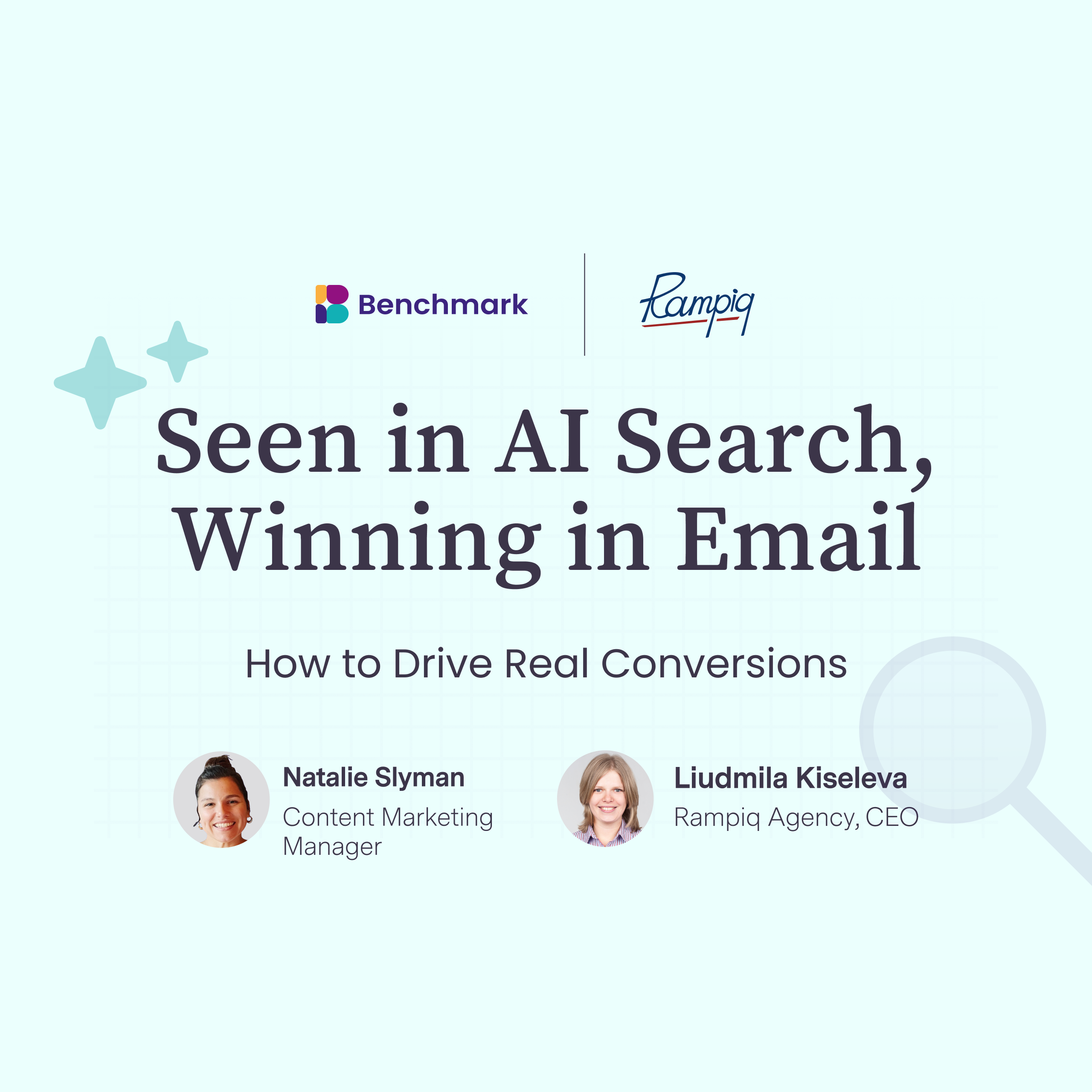
Automation gets pitched like it’s the silver bullet for every marketer’s workload. Set it, forget it, sip your coffee while the revenue rolls in, right?
Except most automated campaigns are bloated, tone-deaf, and about as engaging as a robocall. The problem is mostly the way brands treat it like a vending machine.
Push the button, get the sale. But people aren’t coins, and inboxes aren’t dispensers. If anything, automation has exposed how lazy some marketers have gotten.
Hence, this is about dragging it out of its rigid, lifeless rut and turning it back into something alive, unpredictable, and actually worth opening. Let’s get into the mess nobody likes to admit.
Why “Perfect Timing” Is Usually Perfectly Wrong
Marketers love to brag about sending emails at the optimal time. Data-driven dashboards spit out charts that claim your subscribers are more likely to click at 10:03 AM on a Wednesday. So you schedule it, pat yourself on the back, and watch the open rate barely move. Why? Because real people aren’t clocks.
They aren’t sitting at their desks waiting for your drip sequence to arrive like a UPS package. Life doesn’t obey your algorithm. Babies cry, bosses call surprise meetings, coffee spills on keyboards. That “perfect timing” you worship is only perfect in the sterile world of spreadsheets, not in reality.
The absolute ugly truth is that the obsession with timing is a cover-up for boring content. Marketers focus on “when” because they don’t want to face the harder question: “Why would someone care about this email in the first place?”
No subscriber has ever thought, “Wow, that was delivered at the optimal second.” They think, “This is interesting” or “This is junk.” Timing tweaks are lipstick on a lifeless campaign. Until the message itself feels like it was written by a human, not a scheduler, all the dashboards in the world won’t save you.
The Myth of Endless Personalization
Personalization is another golden calf of automation. Slap a first name in the subject line, maybe reference a past purchase, and suddenly you’re “building relationships.” Except you’re not. Most personalization today is just data regurgitation. It doesn’t feel personal; it feels creepy or, worse, lazy. If I bought a pair of running shoes six months ago, why am I still getting “exclusive deals” on similar new products? Did you assume I’ve been barefoot since? Automation loops often trap subscribers in a stale echo chamber where personalization becomes repetition, not relevance.
The myth marketers sell themselves is that personalization equals intimacy. It doesn’t. True intimacy in email isn’t about showing off how much data you’ve collected; it’s about showing you actually understand context.
Maybe I’ve already replaced those shoes, or maybe I switched to cycling. Maybe my priorities have shifted altogether. Automation doesn’t adapt unless someone dares to break the workflow and rewrite it with fresh eyes.

Automation Without Evolution Equals Decay
The dirtiest secret about automation is how often it’s left to rot. Campaigns get built once—usually with way too much internal excitement—and then they sit untouched for years.
A “welcome series” created in 2018 is still quietly firing today, despite product lines evolving, audience behavior shifting, and tone-deaf jokes aging like milk. The illusion of automation is that it’s “set and forget.” But forget is exactly the problem. Without iteration, even the most clever sequence decays into irrelevance.
Evolution is the lifeblood of communication. Just as conversations shift, adapt, and flow, so should your automated campaigns. That doesn’t mean tossing everything out every month. It means testing, pruning, and daring to disrupt your own workflows.
The irony is that true automation requires more human oversight, not less. The moment you start believing you can stop touching it, your campaigns start decomposing in real time. Email lists churn not because people hate email, but because people hate dead conversations.
Chaos: The Missing Ingredient Nobody Uses
Here’s where it gets uncomfortable. The most effective automated campaigns I’ve ever seen have one thing in common: chaos. Not reckless randomness, but deliberate disruption. Throw in an unscheduled check-in that breaks the rhythm. Send an email that admits when something’s gone wrong instead of pretending everything’s fine. Experiment with subject lines that don’t read like they were A/B tested to death but like they came from a human who had a thought worth sharing.
Marketers resist chaos because it feels like risk. It breaks the promise of “consistency” that automation supposedly guarantees. But consistency is overrated when it leads to predictability. Subscribers don’t need another polished drip; they need to feel surprised, delighted, or even provoked into paying attention. Chaos is the element that reminds people there’s a human behind the system.
And that’s how you get visibility. Now, we all know that, at least nowadays, being visible means lots of brand mentions, which is a surefire way to pass your AI visibility audit. Don’t forget, single-channel is so 2010; your customers are using LLMs, and there’s no excuse not to meet them there.

Seen in AI Search, Winning in Email: How to Drive Real Conversions Webinar
DOWNLOAD NOWTreating Subscribers Like People Instead of Pipelines
To be completely honest, I’ve always believed that every funnel diagram ever drawn dehumanizes subscribers. They’re “leads,” “conversions,” “touchpoints.” In automation dashboards, they’re percentages sliding through stages, not people making choices.
The result? Emails that read like corporate performance reviews instead of conversations are ineffective. And people are tired of it. They can smell when an email is treating them like a step in a workflow instead of a person on the other side of the screen.
The simplest fix—and the hardest to implement—is to start writing like a person, not like a “brand voice,” not like a marketing persona, but like someone who sat down to write something because they thought it mattered.
Talk about what’s messy, what’s changing, and what you’ve learned. Break the structure when the structure stops serving. Subscribers respond not to automation itself but to the sense that someone cared enough to make the message worth reading. Pipelines don’t inspire loyalty. People do.
Breaking Your Own System Is the Real Power Move
If there’s one takeaway from all this, it’s that automation should never be treated as untouchable. The workflows you design are not sacred; they’re scaffolding. They exist to hold something up, not to become the thing itself.
The real power move is to break your own system before your subscribers break up with you. Kill a sequence. Rewrite the welcome series. Pause the “optimal send” experiment and try something messy. Chaos and disruption aren’t inefficiencies—they’re signals to your audience that you’re alive, listening, and willing to adapt.
Automation doesn’t have to be the enemy. But it becomes one the moment you stop questioning it. The ugly truth isn’t that automation fails. It’s that marketers fail when they treat it like a vending machine instead of a conversation. The inbox is still the most personal digital space most people own. Treat it like that, and automation can serve you. Ignore it, and you’re just another robocall with a prettier subject line.
Automation isn’t evil. What’s evil is the laziness it enables. The marketers who win aren’t the ones with the fanciest dashboards or the most “personalized” subject lines. They’re the ones who keep disrupting their own systems, injecting humanity into the machine, and refusing to let automation turn them into sleepwalkers.
Subscribers don’t need “perfectly timed” junk. On the contrary, need imperfectly human emails that make them stop scrolling for two seconds and actually feel something.
If you’re willing to wrestle automation back into being a conversation, you’ll discover that the ugly truth nobody admits is actually liberating: the best automation doesn’t feel automated at all.
Benchmark Recommends
See all articles
5 Ways to Use Email Marketing and Social Media Integration Techniques for Lead Generation
A powerfully simple email marketing platform
Sign up for free to see how effortless email marketing can be.
Our Company
Compare
Solutions
Compare
Account
© Polaris Software, LLC 粤ICP备14001834号 Benchmark Email® is a registered trademark of Polaris Software, LLC
© Polaris Software, LLC 粤ICP备14001834号
Benchmark Email® is a registered trademark of Polaris Software, LLC


